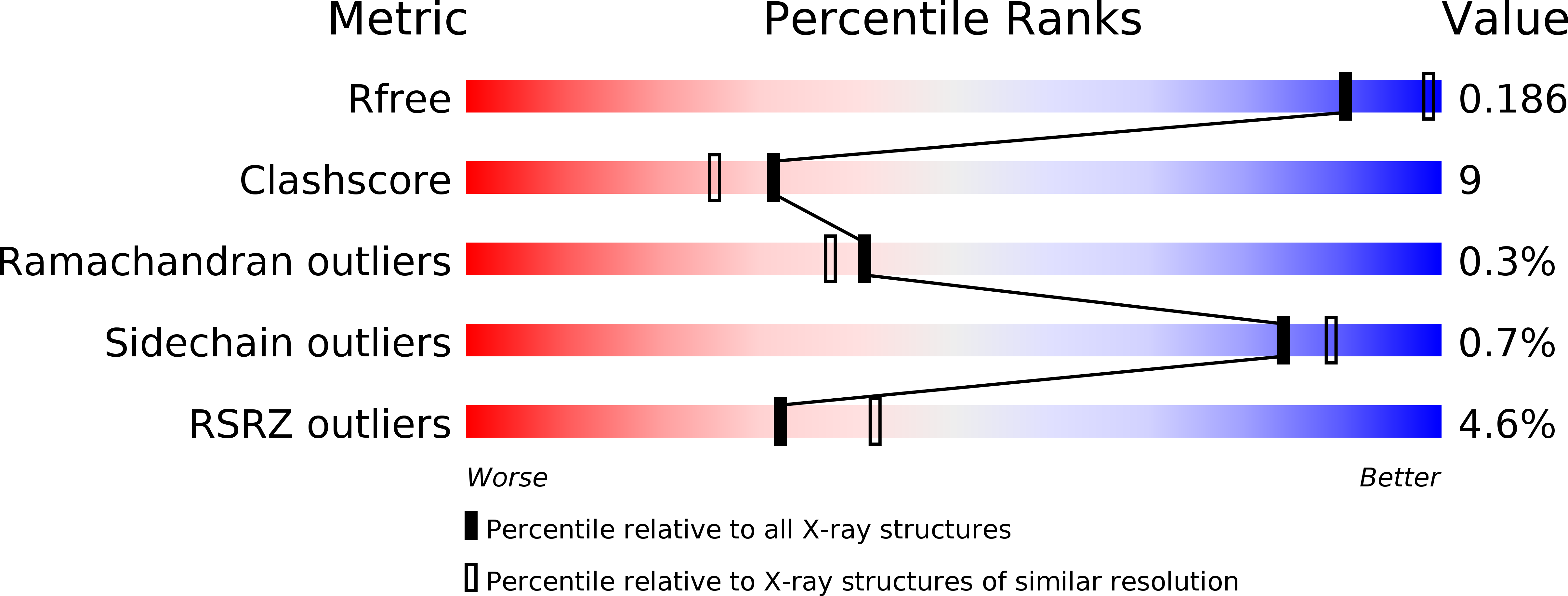
Deposition Date
2016-05-17
Release Date
2017-01-25
Last Version Date
2024-01-10
Method Details:
Experimental Method:
Resolution:
2.17 Å
R-Value Free:
0.18
R-Value Work:
0.16
R-Value Observed:
0.16
Space Group:
P 41 21 2


